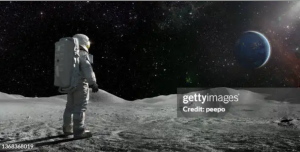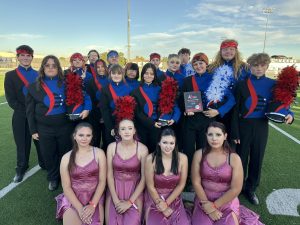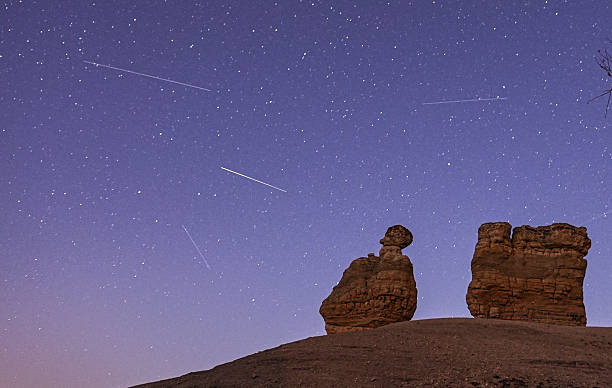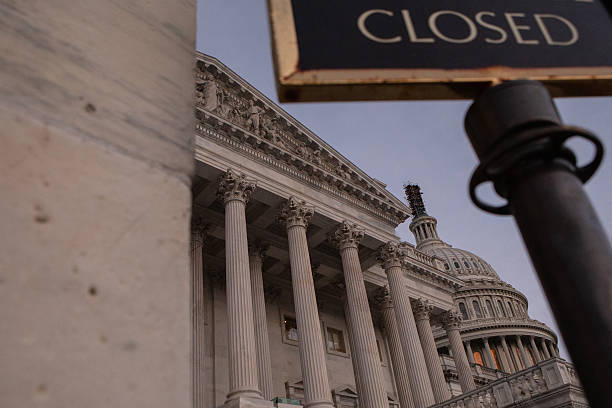August 12-13 featured one of the best meteor showers, known as the Perseid Meteor Shower. The best times to watch this were Tuesday and Wednesday from moonrise to dusk. The meteor shower was caused by Earth spinning into the debris trail of Comet 109P/Swift, The maximum speed of the meteors will be 37 miles per hour, and they grazed Earth’s atmosphere and burst in the atmosphere. The peak of the meteors was 50-100 meteors per hour, with them being compared to a grain of sand, making a small fireball the size of a grapefruit or a basketball. The best cities to view the meteor shower were going to be in the “northern hemisphere”, but more specifically, the Great Basin National Park in Nevada, the central Idaho dark sky reserve, and Big Bend National Park in Texas.
The Perseid Meteor Shower got its name from the Perseid constellation. The constellation is named after the Greek hero and demigod Perseus, who is the son of Zeus and Demus. Persius was also known for slaying Medusa. While not as rare, the Perseid meteor shower happens every year, so if you missed the meteor shower this year, you can still catch it next year around the same time in mid-August, and with temperatures being cooler, it should lead to perfect conditions to watch the shower with other friends and family.
















